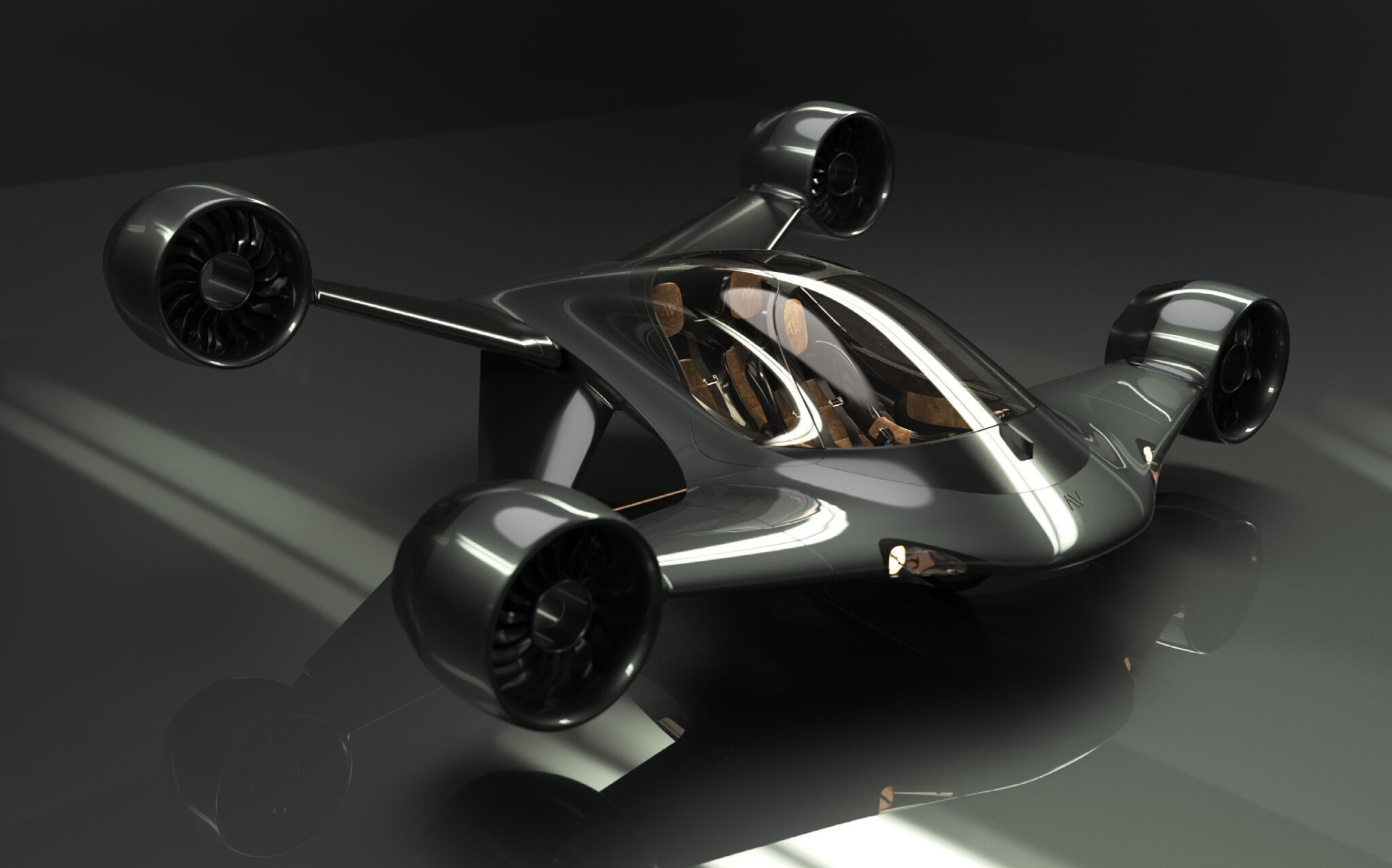Your cart is currently empty!


For decades, flying cars were confined to imagination and movies. But recent advances in electric aviation, battery technology, and artificial intelligence have brought them closer to commercial reality.
Manufacturers like Joby Aviation, Archer Aviation, and Volocopter are leading the charge, developing sleek, lightweight aircraft designed to operate safely above crowded city streets. These vehicles combine the convenience of automobiles with the vertical mobility of helicopters, offering a potential solution to the world’s growing urban congestion problem.
Early prototypes can:
- Take off and land vertically without runways
- Reach speeds between 100–150 mph
- Operate using electric propulsion systems, reducing emissions and noise
- Travel 20–50 miles on a single charge—ideal for short city-to-city trips
The Benefits of a Sky-Based Commute
The arrival of flying cars could revolutionize transportation by:
- Reducing traffic congestion in crowded urban centers
- Shortening travel times, allowing commuters to bypass ground-level delays
- Decreasing emissions through electric and hybrid propulsion
- Opening new possibilities for emergency response, tourism, and package delivery
Imagine being able to fly from downtown Atlanta to the suburbs in under 10 minutes—or traveling from New York to New Jersey without ever touching the highway.
This is the promise of a world where the sky becomes part of our daily commute.
The Challenges Ahead
Despite the excitement, flying cars still face major challenges before becoming mainstream.
- Regulations: Airspace laws must be updated to accommodate thousands of small aircraft flying at low altitudes.
- Safety: Ensuring reliability and preventing mid-air collisions are top priorities.
- Infrastructure: Cities will need “vertiports” — small vertical takeoff and landing pads — strategically built on rooftops or parking structures.
- Cost: Current prototypes cost anywhere from $200,000 to $1 million, making them far from affordable for most consumers.
Experts predict it may take another decade before flying cars become as common as electric vehicles on the road today.
A Glimpse into the Future

Even with the obstacles ahead, momentum is growing fast. In some cities, air taxis could start commercial operations as early as 2026, providing short-range flights for business travelers and tourists.
As technology advances and production costs fall, flying cars could one day become a regular part of city infrastructure—just like electric scooters or rideshare services are today.
This vision represents more than a new mode of transportation—it’s the beginning of a new era in human mobility, where the boundaries between road and sky disappear.
Final Thoughts
The concept of flying cars in 2025 isn’t just fantasy anymore—it’s the next great leap in innovation. While widespread adoption may take years, these developments mark the dawn of a world where travel is faster, cleaner, and more efficient than ever before.
As engineers, policymakers, and dreamers work together, one thing is certain: the sky is no longer the limit—it’s the future highway.



